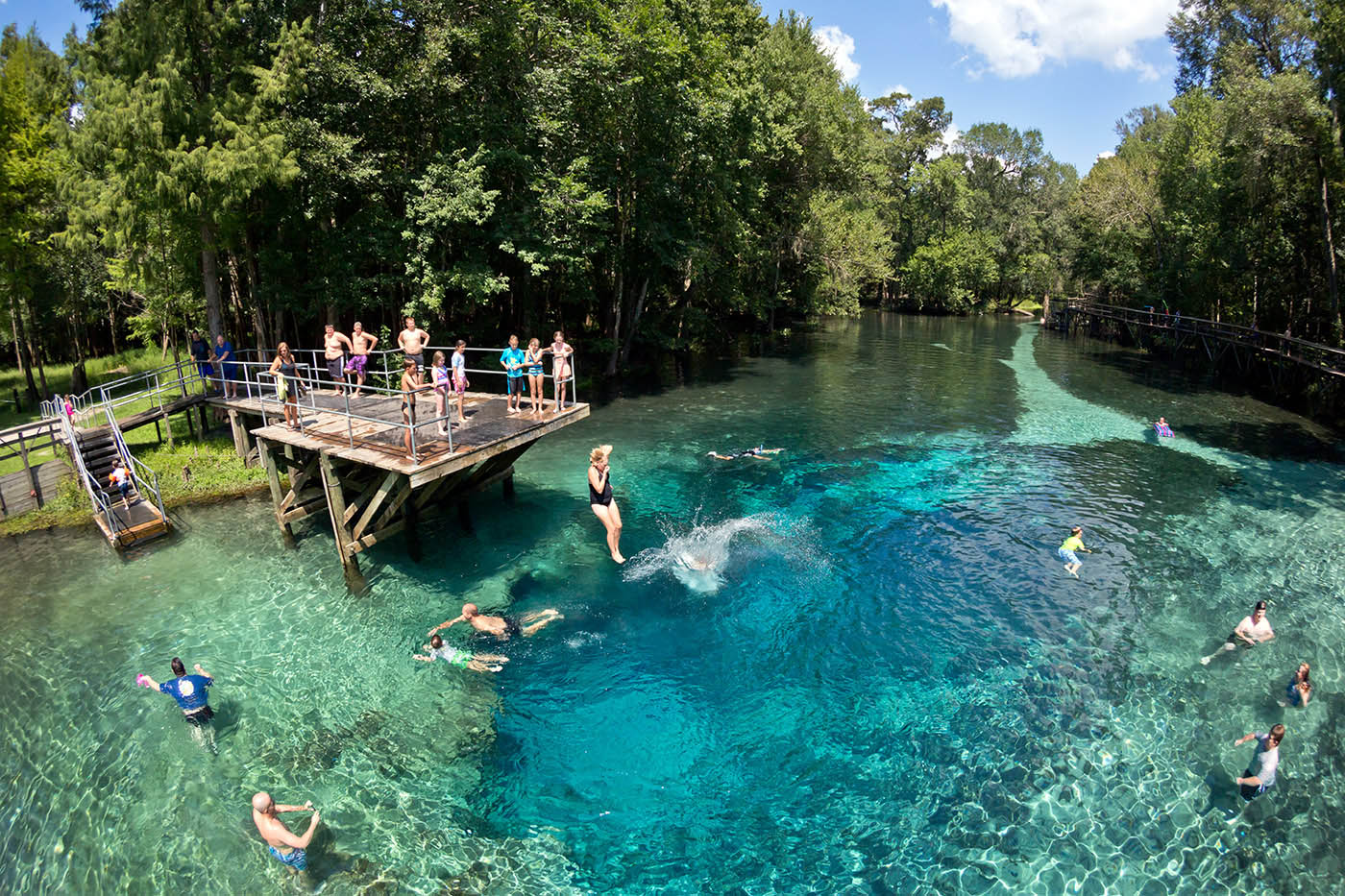
Community Conservation.
What is Community Conservation?
Community conservation projects are as diverse as the communities themselves. The process of facilitating community conservation projects begins by first taking the time to meet with and listen to the many different concerned voices in the community. The process continues as involved community partners use the strengths and expertise of a land conservancy like Conservation Florida to help them address their needs and concerns. It’s an approach to land conservation that focuses on providing opportunities for more people in a community to directly connect with the natural and agricultural land around them. Although most community conservation projects are smaller in scale, their benefits can be significant.
What Does Community Conservation Look Like?
Common examples of community conservation projects include protecting, restoring, and/or creating:
subdivision lots for green space, community gardens, and playgrounds.
wetlands for a nature park with recreation and education opportunities.
urban farms that allow local farmers to market their products directly to the community.
natural areas for wildlife viewing, photography, art, fishing, and hiking.
cultural areas for the communities that hold them sacred.
urban greenways for recreation and education.
rails-to-trails networks for biking and hiking.
properties for community recreation that provide natural buffers from fire and flood damage.
Conservation Florida is committed to serving as a trusted community partner to support statewide land conservation. We are always seeking community conservation projects that fit our mission.
Community conservation projects usually:
directly address local community needs/concerns.
connect people with place, with each other, and with nature.
provide places for outdoor recreation and education activities.
energize, unite, and actively engage the community to achieve a shared goal.
provide some form of public access to the land conserved.
Photo by Chuck Palmer
Photo by Chuck Palmer
Photo by Douglas Clifford



